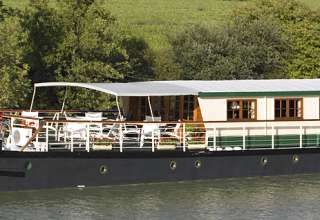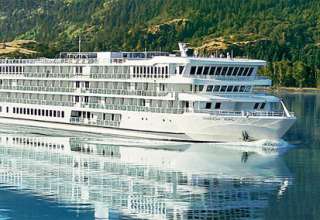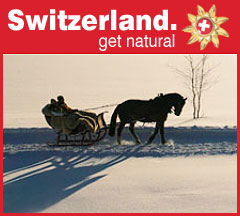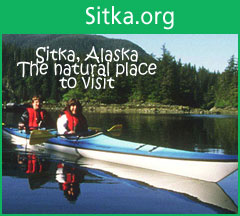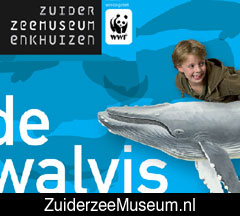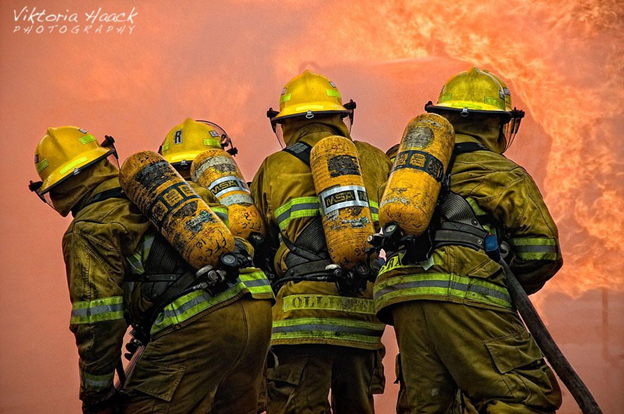
The rain finally arrived in Los Angeles, putting out the remaining fire spots.
We were lucky.
Two weeks ago, the blazing fires made it to the top of Laurel Canyon, about half a mile up the hill from where we live.
There was no forced evacuation for our building. We packed everything up but decided to stay and watched the firefighters put it out from the vantage point of our balcony. I’ve never been particularly religious, but I did pray to my Seattle firefighter father who helped put out fires in Washington States’ Cascades and Olympic Mountain ranges.
God Bless You, Dad!
Seattle Firefighter
Ed Boitano: T-Boy Editor
Mount Rainer
Speaking of mountains,
The latest T-Boy poll is devoted to favorite mountains.
It can be one you climbed, one you basked at from the valley below or even one in cinema or literature, such as in Hemingway’s, The Snows of Kilimanjaro.
My choice will be easy: Mount Rainier in Washington’s Cascade Range.
I could marvel at its majesty from my High School windows on Queen Anne Hill.
As this was Seattle, we had a popular joke:
“If you could see Mt. Rainier, it meant it was about to rain. If you couldn’t… It was raining.“
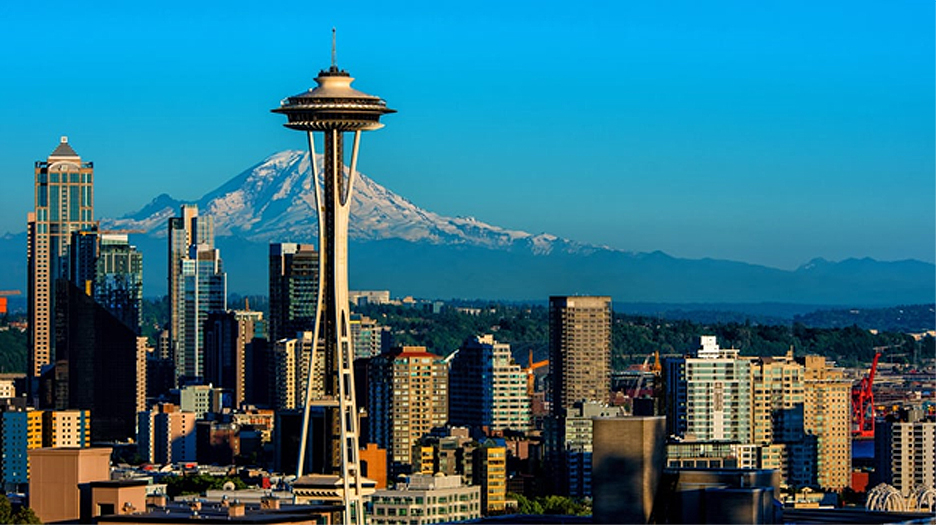
“The Mount Rainier Forest Preserve should be made a national park and guarded while yet its bloom is on; for if in the making of the West Nature had what we call parks in mind-places for rest, inspiration, and prayers-this Rainier region must surely be one of them.” — John Muir
Muir’s dream came true: Mount Rainier National Park was designated in 1899 as the fourth national park in the United States, (369.3 sq mi); including all of Mount Rainier. The mountain rises abruptly from the surrounding land with elevations in the park ranging from 1,600 feet to over 14,000 feet. The highest point Mount Rainier is surrounded by valleys, you’ll see, waterfalls, Alpine meadows, and 91,000 acres of old growth forests. More than 25 glaciers descend the flanks of the volcano, which, as previously mentioned, is often shrouded in clouds that dump enormous amounts of rain and snow.
The Puyallup Tribe refers to it as təqʷuʔməʔ or “Taquoma”. Below rests the mountain’s namesake city, Tacoma, Washingon, in Pierce County.
Why do we call it Mount Rainer?
Rear Admiral Peter Rainier by British explorer George Vancouver in 1792. The mountain was first sighted by Vancouver during his survey of the Pacific coast, and he decided to honor his friend by naming the peak after him.
If you’re there in August, take a meandering stroll up the easy walkable Paradise Outpost. It’s the closest thing to the Swiss Alps.
Phil Marley: T-Boy Poet
Rubble Mountains of Germany

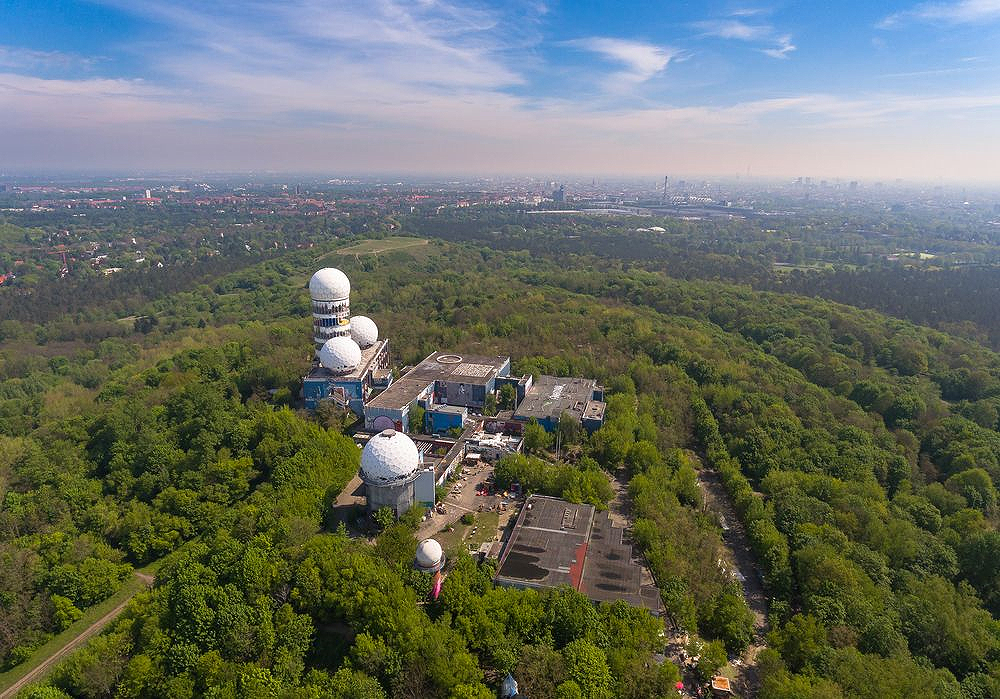
With most young German men lost in the war, the debris was collected by women, the elderly and children into piles of rubbish. Overtime grass grew on top of the mounds, and they became anti-war monuments.
Ruth J. Katz: T-Boy Writer
Twelve Apostles in South Africa
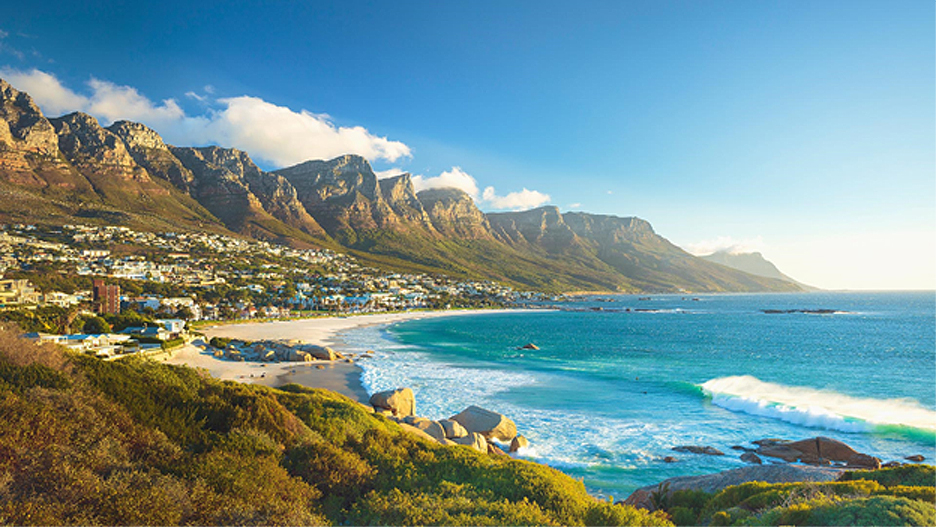
I am not a mountain climber and not really an outdoorsy person, per se. (I rarely participate in any activity that would imperil my manicure.) And I cannot claim that I have climbed many mountains, either, but I would have to say that I was gobsmacked when I approached (by car) the Twelve Apostles in South Africa, outside of Cape Town…they are just so majestic, so bold, standing at attention. And likewise, in Cape Town, I was awed by the flat-topped Table Mountain, aptly named. I suspect that I was particularly moved by the latter because of all the adjacent scenery and the undercurrents of history, because of Nelson Mandela, having just visited Robben Island.
At the foot of the Twelve Apostles is the delightful Red Carnation Hotel’s property, The Twelve Apostles Hotel and Spa, where I had a delicious luncheon on the terrace, overlooking a 180-degree sweep of the magnificent ocean…with those imperial mountains behind me. I capped off the day in the hotel’s spa, which was unlike any I had ever been to–it was a little wild and untamed, dimly lit, with colored, underwater lights, rocky footpaths, and a grotto-like stream that seemed to be running through the subterranean caverns of the spa. I’m sure by now, it’s been redone and is more like the traditional, Zen-like, soothing spas you find in the most luxurious hotels…but its quirkiness was so captivating way back then…
It was the combination of all those gentle assaults on my senses that sunny day, that made the whole experience a memorable one, etched into my memory’s sensory bank.
Terry Cassel: T-Boy Writer
Thumb Butte, Prescott National Forests, Arizona
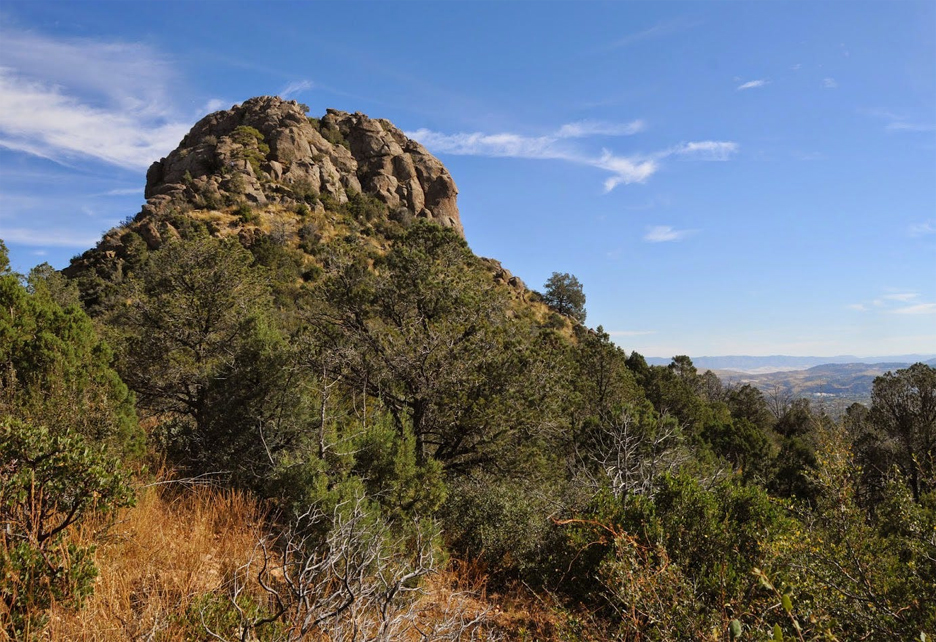
Thumb Butte is famous for its towering ponderosa pines, picnic facilities, and access to world-class hiking trails, all just minutes from historic downtown Prescott.
Deb Roskamp: T-Boy Writer and Photographer
Half Dome, Yosemite
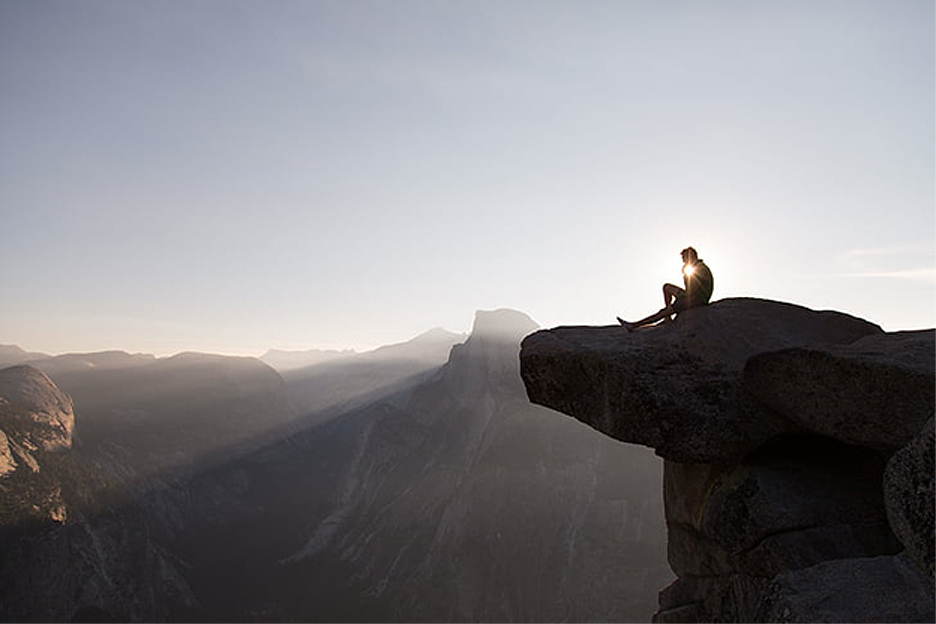
The 14- to 16-mile round-trip hike to Half Dome is not for you if you’re out of shape or unprepared. You will be gaining elevation (for a total of 4,800 feet) most of your way to the top of Half Dome. Most would say the reward is worth the effort. Along the way, you’ll see outstanding views of Vernal and Nevada Falls, Liberty Cap, Half Dome, and-from the shoulder and summit — panoramic views of Yosemite Valley and the High Sierra.
Peggy Polinsky: T-Boy Writer
The Sierra Nevada Mountains
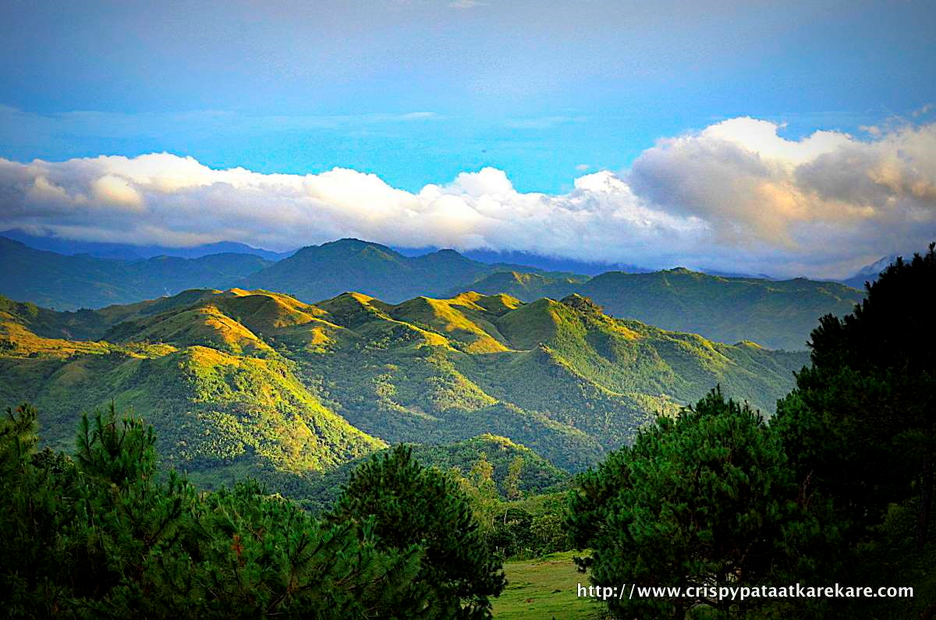
The Sierra Nevada are home to not one or two national parks and monuments, but rather five! This includes the legendary Yosemite, Sequoia, Kings Canyon, and somewhat lesser-known Giant Sequoia & Devils Postpile National Monuments.
Ringo Boitano: T-Boy Writer
Mt. Olympus, Washington State
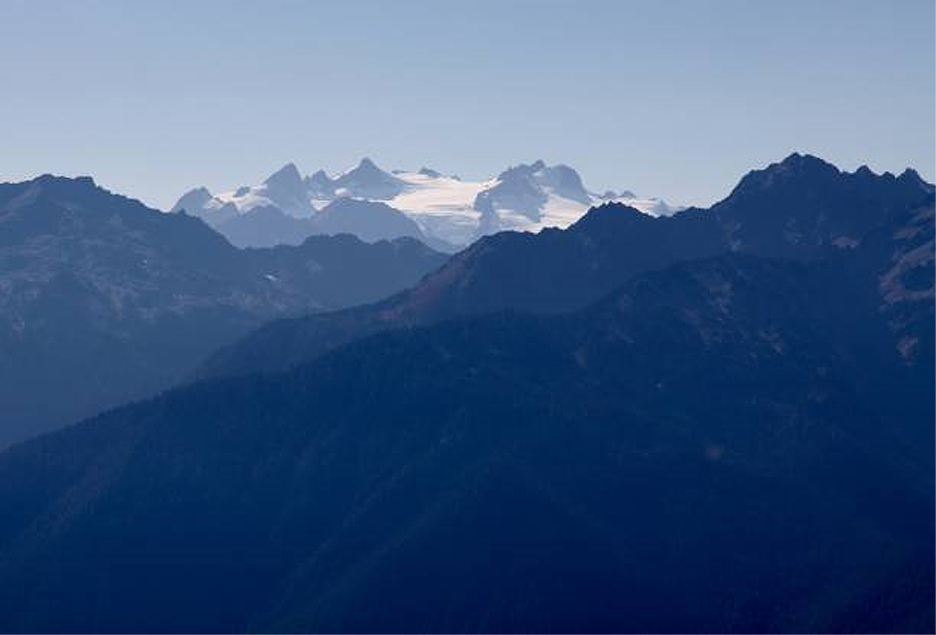
I could see it from my parent’s living room window in Seattle. But I never dreamed of climbing it.
Richard Carroll: T-Boy Writer
Mt. Whitney
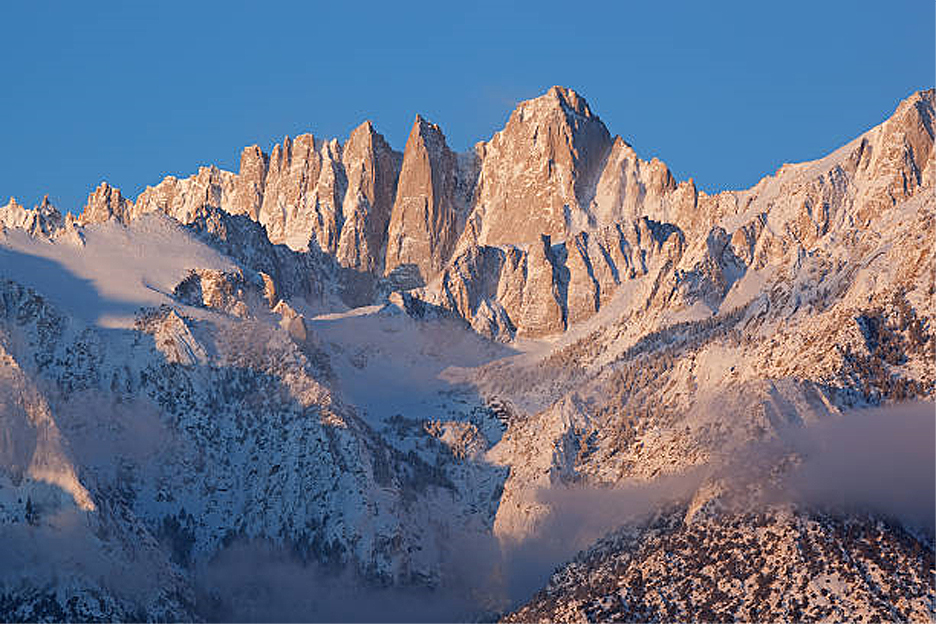
Living in Southern California and exploring the state with notebook in hand, Mt. Whitney, elevation 14,505′, the tallest mountain in the lower 48 states, and overlooking Death Valley, the lowest point in the country, was a challenge to be experienced. The area is simply a travelers delight with Whitney, the highest point of the Sierra Nevada Range, located at the eastern border of Sequoia National Park, while Hwy 395 slices though the Whitney gateway town of Lone Pine, a favorite setting for Hollywood films, as is the Alabama Hills at the base of Mt. Whitney, where numerous western films have been filmed. Whitey, first ascended in 1873, does not require the skills of a veteran mountain aficionado, but excellent physical fitness is a top priority with some 99 switchbacks, and a 22-mile climb via the Whitney Portals, 6,100 feet to 14,505. Though A Ranger said, “Each year we carry down climbers with heart attacks and other problems, and a lady from the East Coast wearing flip-flops.” I experienced Whitney three times, each a completely altered encounter, the drifting clouds a factor, once when a hiker fell into a nest of bees, another when a Boy Scout was walking across a log at a campsite, fell and slashed his arm, and incredibly like a vision, a nurse nearby cleaned his wound and stitched it tight. Later, at the summit, where it’s difficult to breathe, the uplifting encounter with nature and beauty, and recharging the spirit, life seems to stand still. There is a small metal box to sign, and nearby the Boy Scout with a bandaged arm was broadly smiling. The best months to hike Whitney, are July, August and September, when the trail is free of snow. Permit required.
Skip Kaltenheuser: T-Boy Writer
Pick a Mountain, any Mountain, in Rocky Mountain National Park
My traveling salesman father was never reticent powering the Buick on vacations westward from Prairie Village, Kansas. Though trying to stick to a schedule, he was always amiable to roadside attractions that caught his kid’s eye, planting desire for returns to the memorable But time didn’t always allow for the longer hauls, in which case the favored default vacation was Estes Park and Rocky Mountain National Park, which shaped my idea of real mountains, the Rockies’ towering heights contrasting Kansas prairies. To me there was nothing as exotic as staying at a motel of log cabins, with a clear trout stream behind them, surrounded by breathtaking mountains.

My traveling salesman father was never reticent powering the Buick on vacations westward from Prairie Village, Kansas. Though trying to stick to a schedule, he was always amiable to roadside attractions that caught his kid’s eye, planting desire for returns to his memorable N Arizona Road Trip. But time didn’t always allow for the longer hauls, in which case the favored default vacation was Estes Park and Rocky Mountain National Park, which shaped my idea of real mountains, the Rockies’ towering heights contrasting Kansas prairies. To me there was nothing as exotic as staying at a motel of log cabins, with a clear trout stream behind them, surrounded by breathtaking mountains.
After graduating from KU in ’74, I joined a chum in Estes Park in search of summer jobs while plotting the rest of a year off before returning to school. I landed in a 24 hour “pancakes to steaks” diner. For affordable lodging, we found a little used back road up a ridge between the town and the YMCA of the Rockies and pitched a tent deep in the woods. Wait, what was that sound?… frequently crossed my mind. Just because moose, bears and mountain lions aren’t often seen doesn’t mean they aren’t on the move at night when no one else is around, and toothpaste and food were always hung on a distant tree, and sometimes disappeared. Our elevation was higher than rattlers are fond of, but I was still careful to shake out boots and shoes before sliding them on. For showers we snuck into the Y.
The views were fantastic, with the likes of Mount Meeker, Longs Peak and the Mummy Range, and skies rich in stars as bright as any that could be wished on. No end to terrific hiking trails to explore, with cold mountain lakes (fast) refreshers. Depending on my restaurant schedule, I often rolled out of my sleeping bag and drove down the steep road in the wee hours, mindful of deer and elk not yet wary of a ’72 Duster emerging from the dark.
Agreeable company could be found via the girls working the season at the beautiful Stanley Hotel, who took pride in being dubbed the Stanley Steamers. They came complete with stories of odd happenings and alleged sightings at the hotel, considered among the most haunted in America. While staying there Stephen King hit upon the plot for The Shining, which Kubrick’s film version of still makes no sense to me.
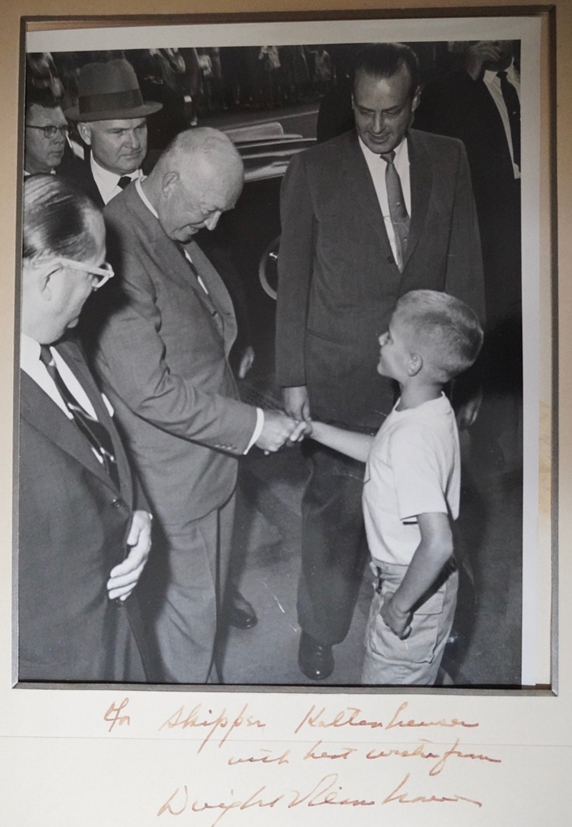
The chiseled granite of the latest version of the American Rockies was pushed up about 55 – 80 million years ago via the slip and slide of tectonic plates. They’re just kids compared to the Black Hills, which clocks in at 1.8 billion years old, or the Appalachians, about 500 million, or even the Blue Ridge, at 250. When climbing in Canada’s Bugaboos, they reminded me of the Rockies, but the Bugs are far older. However, the Cascades and particularly the Tetons are mere infants next to the Rockies.
Two Rockies-related events were political bookends for me. En route to Estes with my parents, we stopped in front of Denver’s Brown Palace Hotel. The timing allowed me to shake hands with President Eisenhower during his last year in office as he came out of the hotel. A photo appeared on front pages of newspapers across the country of a grandfatherly President beaming down at a newly minted Cub Scout who’d been shoved under the rope by his mother. Ike liked it enough to send an autographed copy. As a result, I was a confirmed Republican until Nixon’s real secret plan was not to end the Vietnam War but to jack it up.
Up on the mountain ridge above Estes on Aug. 8th, 1974, after a very non-political summer, my friend and I listened to a little transistor radio and raised wine glasses to toast Tricky Dick’s resignation speech.
Tom Weber: T-Boy Writer and Photographer
Tre Cime di Lavaredo, Italy
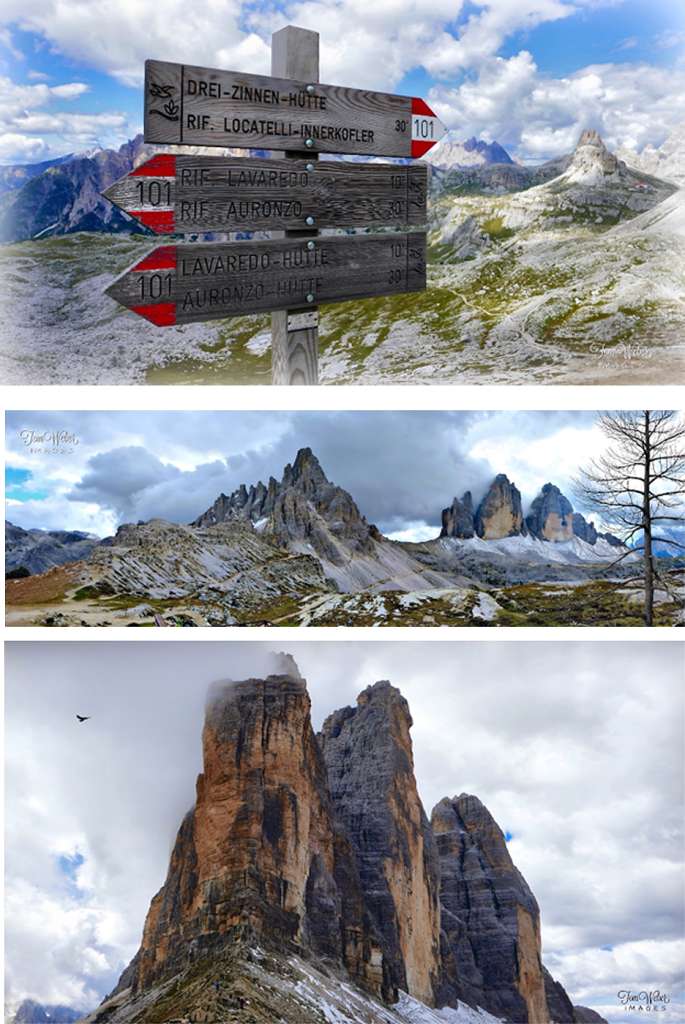
One of the most iconic views of the Dolomites of northern Italy are a trio of peaks that once served as the alpine border between Austria and the Bel Paese: Tre Cime di Lavaredo. For me, it was a signature moment when I circumnavigated the 250-million-year-old calcium-carbonate obelisks, standing vigilant at just under 10k ft tall, via a network of trails. Along the way, I captured a few snaps of the grandeur of this UNESCO World Heritage Site.
Raoul Pascual: T-Boy Associate Editor, Webmaster & Designer
Bigte, Bulacan, Philippines

I don’t think I cared much for mountains but if I had to choose, my favorite mountain was a small, obscure mountain in Bigte, Bulacan, Philippines. I never knew the formal name of that mountain but growing up, my Dad was the CEO of a mining company that excavated limestone from a marble mountain for commercial/industrial uses. Whenever he went to work there, he would say “I’m going to the mountain.” When I grew older, we would visit “the mountain” and play in the open land and swim in the creek. And one summer we stayed in a shed they built just for our family because my Dad started a huge project putting up a “jaw crusher” — a machine that would pulverize the marble/limestone rocks into gravel and various grains of powder.
I remember exploring the “air conditioned” caves that helped us escape from the heat of summer. There I would find fossilized rocks containing ancient seashells. From a distance, we would watch monkeys picking peanut-sized berries called “aratalis.”
In later years the company started producing cut rugged marble for home decor called “ashlar” and extracted 2-ton marble blocks for export to Japan. It also produced “quick lime” — baked limestone that has several commercial uses for agriculture, wastewater treatment, environmental remediation and chemical separation.
The last time I was there was just before I moved here to the US in the 90s. The mountain was considerably smaller, the monkeys were all gone and the creek was now polluted by lime powder. Nature and man had taken its course
TE Mattox: T-Boy Writer & Photographer
Mount Fuji
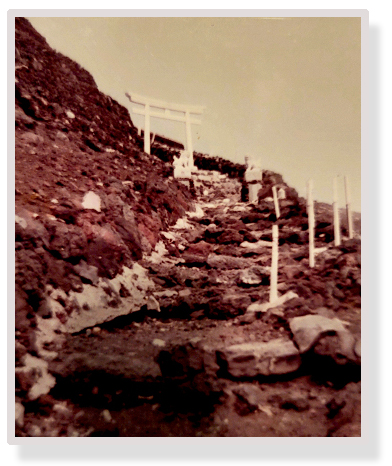
I arrived in Tokyo, Japan in 1976 as a fresh-faced United States Navy Journalist. And literally, the first site you see from Japan’s capital city is the iconic, Mount Fuji. Fuji-san is the tallest mountain on the island of Honshu and it stands prominently just 60 miles southwest of metropolitan Tokyo. Probably the most sacred of all Japanese symbolism, it is highly revered and instantly recognizable in art, literature and ancient mythology.
Mount Fuji is referred to as a strato volcano which in essence means large, cone-shaped with steep sides created from the accumulated layers of lava and ash. Its last eruption was in 1707, so in August of 1977 it had been dormant long enough; I figured I’d give it a try.
I started up from the parking lot around four in the afternoon I wanted to time it out so I could catch the sunrise early the next morning. They have several way stations along the route where travelers and hikers can rest and refresh with green tea or maybe a bowl of “ochazuke.” Each way station stop also had brand stamps for your walking stick. I got a few from early stops but eventually just wanted the brand for reaching the summit. They also provide sleeping racks for a quick nap and will wake you up and get you on your way in time to see the sunrise.
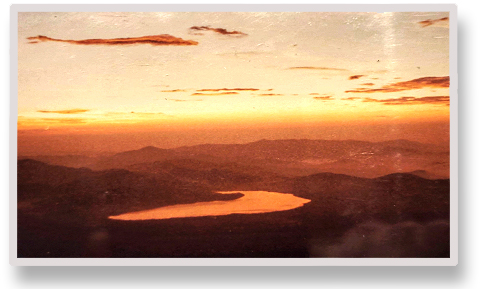
Climbing at night, alone, is not recommended but friends who had pledged to meet me there, didn’t. And during the long hours of the climb I would occasionally run into others also on the pilgrimage. About 1:30 in the morning I met a nice couple around way station 6 who were from the Netherlands. One elderly gentleman I briefly encountered earlier in the evening just trotted right by me. He was a way station supply laborer apparently on his daily journey. He must have been in his 70s,and carrying at least 100 lbs, an amazing sight to see. Here I was in my early 20s and straight out of boot camp; carrying maybe an extra pair of socks and a flashlight and this guy just humped right past me. I probably had altitude sickness, yeah that’s it; altitude sickness. Hey, it’s a mountain. 12,388 feet and every one of them…up!
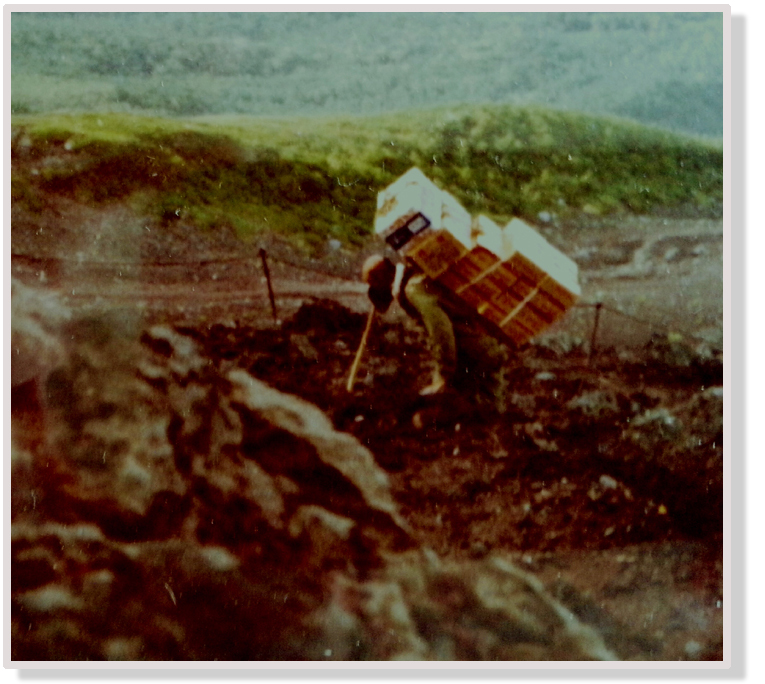
I stopped one last time at way station 8 about 3:30 in the morning and a sleepy, but friendly Japanese couple offered up some hot tea. I took advantage of a wooden rack and shut down for about an hour before getting nudged to get up unless I were to miss the sunrise. Stumbling the remaining twenty minutes to the summit, I froze. It was breathtaking…like I was dreaming. It was truly, a once in a lifetime, unforgettable experience.
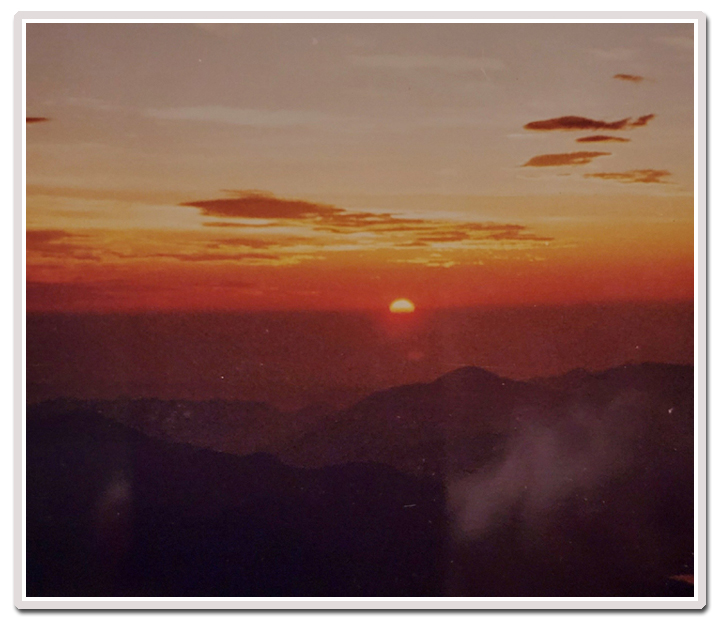
After about two hours of walking a few trails around just a portion of the rim, I took the express route down. It was a slag run down the slide area side of Mount Fuji.

You literally run down the mountain. Each step is about 15 to 18 feet and you gain so much momentum, it’s hypnotically freaky. You lean back lifting your legs from the slag and are propelled downward. You can’t stop even if you want to. Gravity hurtles you down the mountain. It took me about an hour and forty minutes to reach the parking area. So fun, but an exhausting trip that I will always cherish Mount Fuji.
